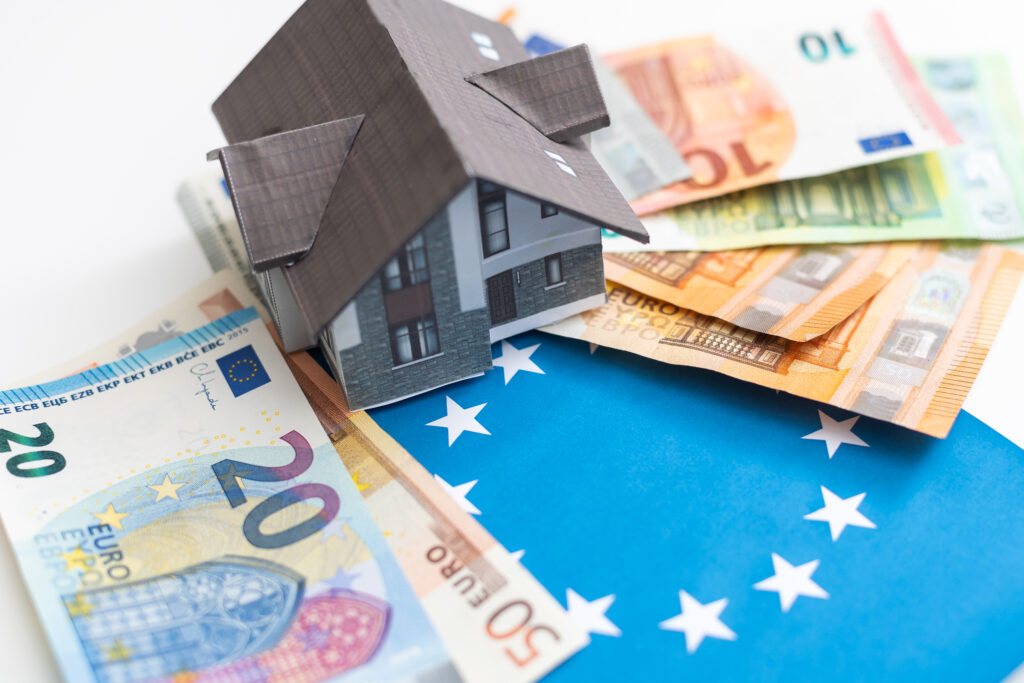
The importance of the rising cost of living to voters, and how it is dealt with by the government, is laid bare in today’s poll. Over two thirds (70%) of all voters now suggest they are struggling to make ends meet. This is before we move into winter with the associated higher impact of increased energy costs, and before increased interest rates have delivered further hikes in repayments for those on variable rates.
To put how serious that 70% figure is into context, at the same time last year, just 33% of all voters said they were struggling to make ends meet. Those most likely to agree that they are struggling covers an extended squeezed middle, with high levels suggesting they are struggling seen right from those aged 25 through to 64.
It is clear however, that those in the 25-34 year old age group, those with children, and those coming from somewhat more downmarket backgrounds are most likely to strongly agree that they are struggling.
The correlation between those struggling and those saying they will vote Sinn Féin is also apparent. Almost half (45%) of those that say they are struggling, and who say they will vote, suggest they will support Sinn Féin, significantly outperforming their national share, which fell back by 1% in today’s poll, but still sees them dominating at 35%.
At the same time, just 14% would vote Fine Gael and just 13% would vote Fianna Fáil. Being seen to have real solutions to try and overcome the cost of living crisis for households, is vital if either of the main government parties are even to get back to the levels they achieved at the last election.
Now Fine Gael is securing just 18%, some 2-3% behind their performance at the last election. Fianna Fáil made up some ground over the summer to secure 17% first preference support, but again this is well behind the 22% they secured last time around.
So, what are the actions that voters would like to see from government that might make a difference? It is clear that right now, voters don’t think the government is doing enough. In fact, just 1 in 5 believe that the government is doing all it can to address the crisis. Including just 10% of Sinn Féin voters, and only half of the main government parties’ own supporters.
While Sinn Féin in their alternative budget talked about the need for targeted support, it is clear that the struggling “target” in need of support is growing rapidly.
Energy is at the heart of the crisis, and also at the heart of where voters want to see action. Almost all voters (88%) agree that the government should provide all households with a further one-off energy credit, while most (79%) also support a windfall tax being placed on energy company profits.
There is also very high support (73%) for the need to address high childcare costs, in particular among women and those with children. But also from many people outside of those groups that may benefit directly from any measures in this area.
Crucially however, while financial support is needed by many, the government can’t focus only on the cost of living crisis, at the expense of public service spending. Despite the difficulties that people are in, three in five (60%) voters still favour a balance of spending on public services against tax cuts.
This is a similar proportion to that seen back in 2019 before Covid and the cost of living crisis arose, suggesting the cost of living crisis hasn’t weakened the desire for better funded public services.
For the government parties, a lot depends on how the proposed actions on cost of living in the budget land amongst the electorate. Will they be seen to have done enough, supporting the right people, while also increasing public spending? No easy task with costs and pressure only likely to increase.
Download the full report below